Subscribe to Baseball History Comes Alive! for automatic updates (sign-up block found in right side-bar)
As a Free Bonus for subscribing, you’ll get instant access to my two Special Reports: Memorable World Series Moments and Gary’s Handy Dandy World Series Reference Guide!
“Baseball Youth: 20 Youngest Players in MLB History” Photo Gallery
Click on any image below to see photos in full size and to start Photo Gallery:
In today’s essay, Paul Doyle shares with us some interesting information about the youngest players in major league history, including the youngest pitcher to ever start a major league game. Although there have been two younger players in baseball history, we see the young pitcher in the featured photo above, along with his White Sox teammate, Earl Battey, Read on to find out his name…
Baseball Youth is Served!
The War Years between 1942-45 decimated many major league ballclub rosters. As the country deeply progressed into wartime, there were thoughts that the major leagues should be discontinued and all available personnel be used toward the war efforts.
Many of us baseball diehards remember the famous FDR “green light” letter that was a response to Commissioner Landis’ initial inquiry on continuing what seemed like a trivial pursuit up against what was developing across the world. We all remember the President saying that continuing the national pastime would be good for the morale of the working people and troops alike to provide something to take the collective minds of the nation off the troubles and to continue some semblance of normalcy.
Nevertheless, the war years did impact rosters throughout the major leagues. Stars such as Ted Williams, Joe DiMaggio, Bob Feller, Stan Musial, et al had their career records impacted, but still found their way into baseball immortality by being inducted into the Hall of Fame. Still, many ballplayers during that four- year period would have never found their way to a major league roster.
Philip Roth wrote a best selling book in the ’70s entitled The Great American Novel in which much of the plot was around the many misfits that found spots on major league teams. We all know the inspiring story of Pete Gray, the one-armed ballplayer that played for the St. Louis Browns in 1945. Yet, his record was way below the famous “Mendoza Line” and his career was that one desperately looking for “talent.”
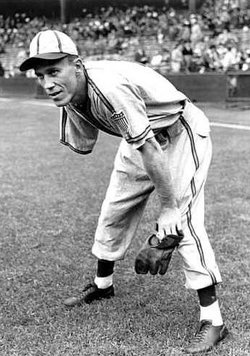
By this time of the war years, rosters were now being depleted more than ever. It was the year that the Chicago Cubs, whose roster was not impacted as much, went on to their last World Series appearance for 72 years. Something to do with a curse and a billy goat (I “kid” you not!; Cheeseborger! Cheeseborger!) It seemed to work immediately as Paul Richards of the Tigers beat the Cubs in the seventh and deciding game.
However, it was the year before in 1944 where a 16-year future Hall-of-Famer was signed by a future Hall-of-Fame manager and owner. Nellie Fox’s mother had to sign the contract and the future second baseman showed up for spring training for the Philadelphia A’s that spring. He didn’t make the big leagues that year but did make their roster by 1947.
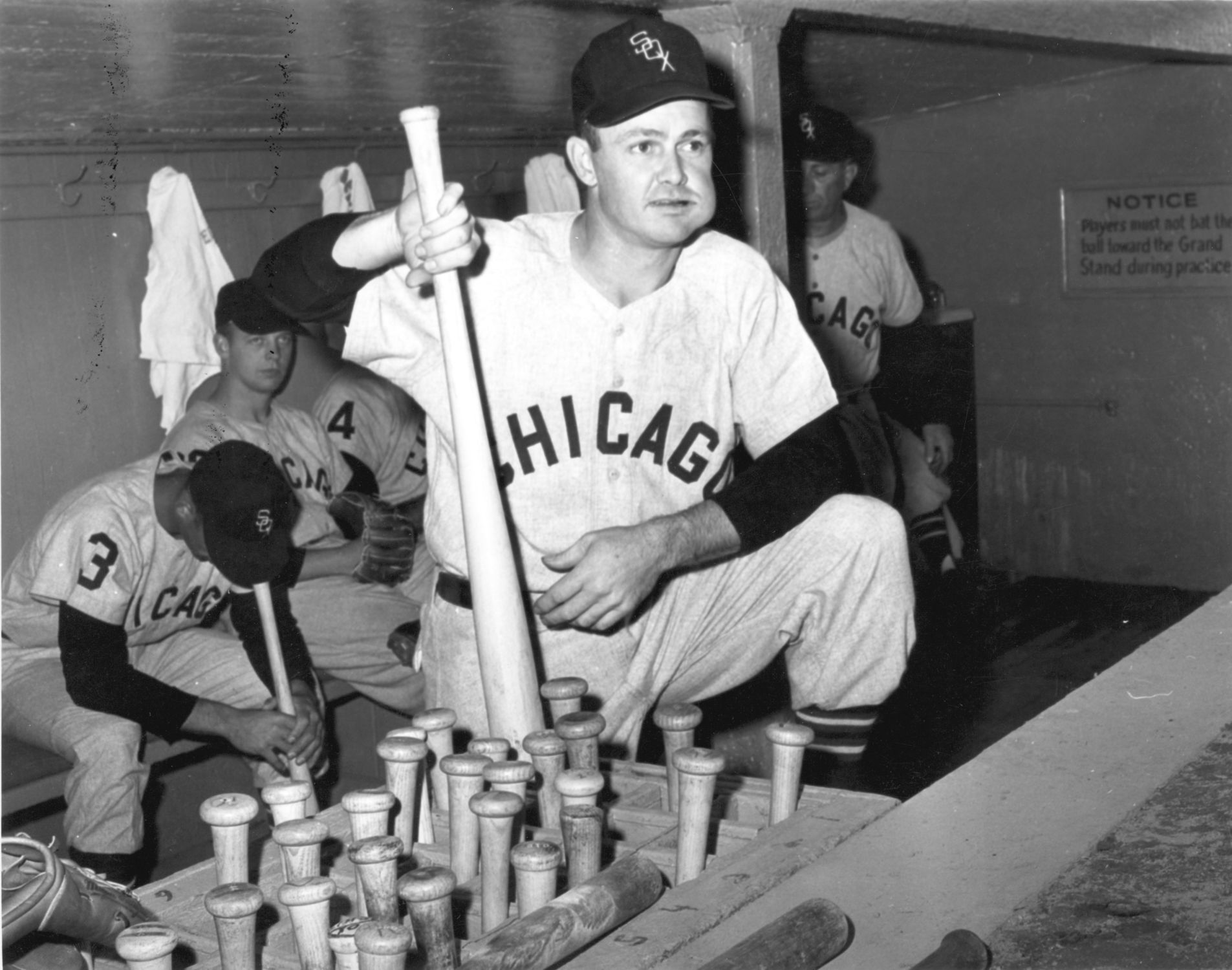
We are also coming up on the 76th anniversary on June 10th, when the skeleton rosters of the majors led to major league history. The youngest ballplayer to ever appear in a major league game made his debut in relief for the Cincinnati Reds in a blow out game against the St. Louis Cardinals. The Reds, like many teams, sent scouts scrambling to find “talent”. In 1943, scouts were actually looking at a player in nearby Hamilton, Ohio named Orville Nuxhall. Instead, they liked what they saw in his then 14-year-old son when he was on the mound. The Reds signed him to a contract with the hopes that he could be of use by the time he graduated from high school.
Nonetheless, Joe was brought up in June of the next year and was inserted into that ballgame. While Joe had a good fastball, his mastery of the plate was not good. Desperate to eat up innings, the 15-year-old became a sacrificial lamb as he lasted just two-thirds of an inning, giving up 2 hits and walking 5, which led to 5 more runs scored.
That was pretty much it for Joe. He did make additional appearances in the minors that year. He finished high school and refined his skills after the war and was called back up to the Reds for the long term in 1952. He had a successful 16-year career with the Reds, becoming a little more than a mediocre, but crafty southpaw who finished with a 135-117 record. He became more of a broadcasting legend with a 40-year second career with Cincinnati Reds TV and radio.
While Nuxhall was the youngest player in major league history, he did not start a game until his second call up in 1952. The distinction of the youngest starter belongs to another lefthander by the name of Jim Derrington, who at the age of 16 was signed in September 1956 as a “bonus baby”. He started a late-season game for the Chicago White Sox against the Kansas City A’s on September 30th. Derrington also gave up five runs, as did Nuxhall in his debut. However, he pitched six innings, walked six, gave up nine hits, and balked. He also had a base hit, which also gave him the double distinction of also being the
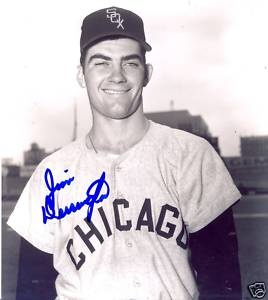
youngest player to get a hit in the major leagues. Always trying to connect the degrees of separation, Derrington had that 16-year old who was signed by Connie Mack in 1944 playing behind him that night.
As a bonus baby, Derrington had to stay on the major league roster and did make the team the following year in 1957 at the age of 17. He appeared in 20 games, six of them starts and 43 innings. He came close to winning a game late that year, leaving the game with a 3-2 lead after 7 good innings. Billy Pierce, of all people, gave up four runs in the ninth to lose that game. That was the end of his major league career. The bonus baby rule changed at the start of the 1958 season and Derrington was assigned to the lower levels of the organization as any 18-year old should. Two years later, he blew out his arm and his career was over. He finished it 0-2 with a lifetime 5.23 ERA.
There’s an old idiom that says “Youth must be served;” these two cases illustrate baseball’s contribution to the cause.
20 Youngest Players in Major League History
20. Eddie Miksis: 17 years, 9 months, 6 days
19. Art Houttleman: 17 years, 8 months, 22 days
18. Vern Freiburger: 17 years, 8 months, 17 days
17. Bob Feller: 17 years, 8 months, 16 days
16. Dave Skaugstad: 17 years, 8 months, 15 days
15. Rod Miller: 17 years, 8 months, 12 days
14. Jim Pagliaroni: 17 years, 8 months, 5 days
13. Claude Osgood: 17 years, 6 months, 25 days
12. Jimmie Foxx: 17 years, 6 months, 9 days
11. Lefty Weinert: 17 years, 5 months, 3 days
10. Cass Michaels: 17 years, 5 months, 1 day
9. Granny Hammer: 17 years, 4 months, 18 days
8. Erv Palica: 17 years, 2 months, 12 days
7. Mel Ott: 17 years, 1 month, 25 days
6. Alex George: 16 years, 11 months, 19 days
5. Rogers McKee: 16 years, 11 months, 2 days
4. Putsy Caballero: 16 years, 10 months, 9 days
3. Jim Derrington: 16 years, 10 months, 1 day
2. Carl Scheib: 16 years, 8 months, 5 days
1.Joe Nuxhall: 15 years, 10 months, 10 days
[Ed. Update: List should include Tommy Brown in third place, the youngest non-pitcher to ever appear in a game: 16 years, 7 months, 27 days]
Paul Doyle
Sources: Baseball Reference. com; Daily Herald (Arlington Heights, IL)
Photo Credits: All from Google search
Add your name to the petition to help get Gil Hodges elected to the Hall of Fame
Vote In Our New Poll: How Do you Feel About the baseball Season Starting up?
We are a participant in the Amazon Services LLC Associates Program, an affiliate advertising program designed to provide a means for us to earn fees by linking to Amazon.com and affiliated sites. Click here to view Amazon’s privacy policy
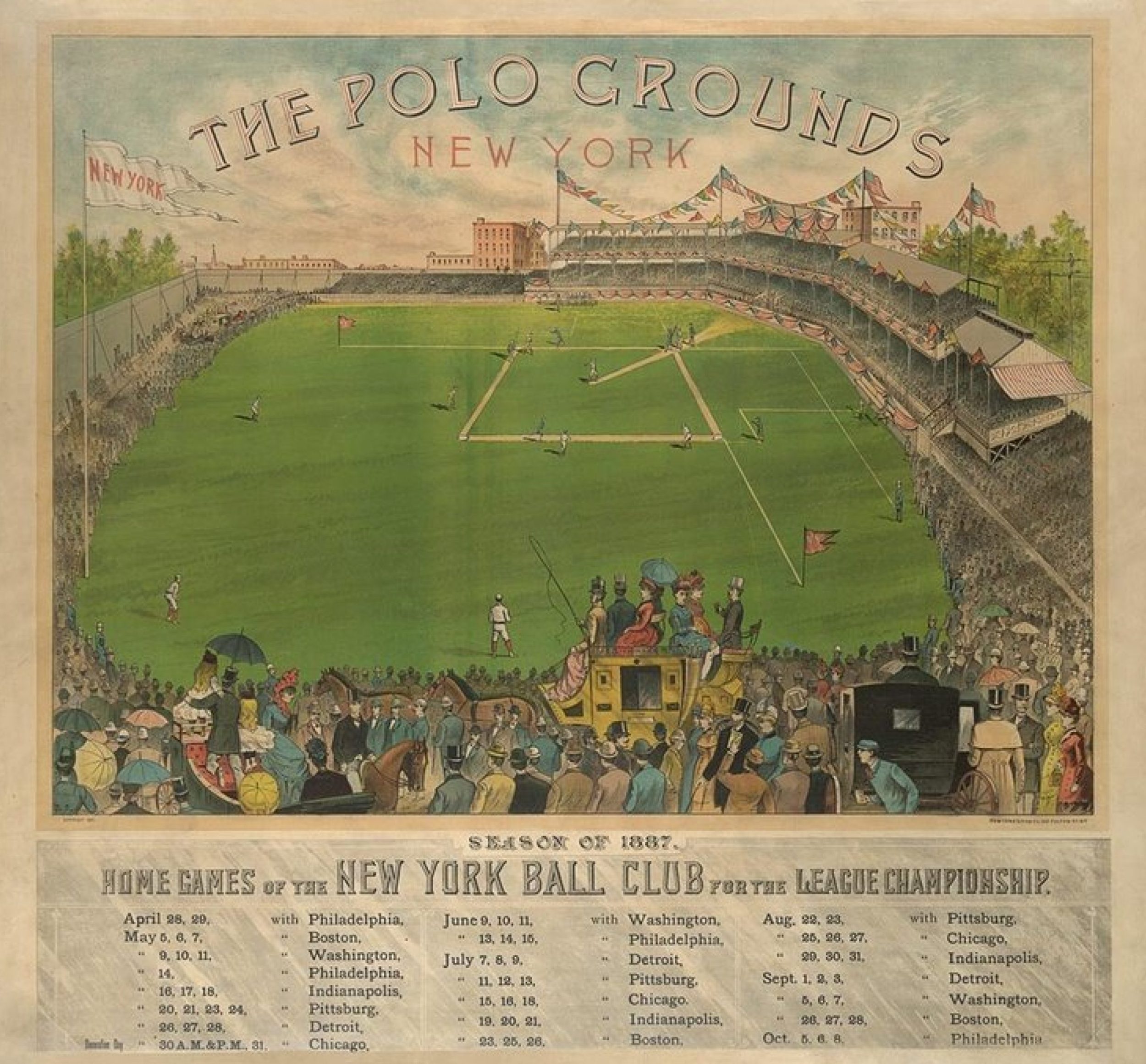
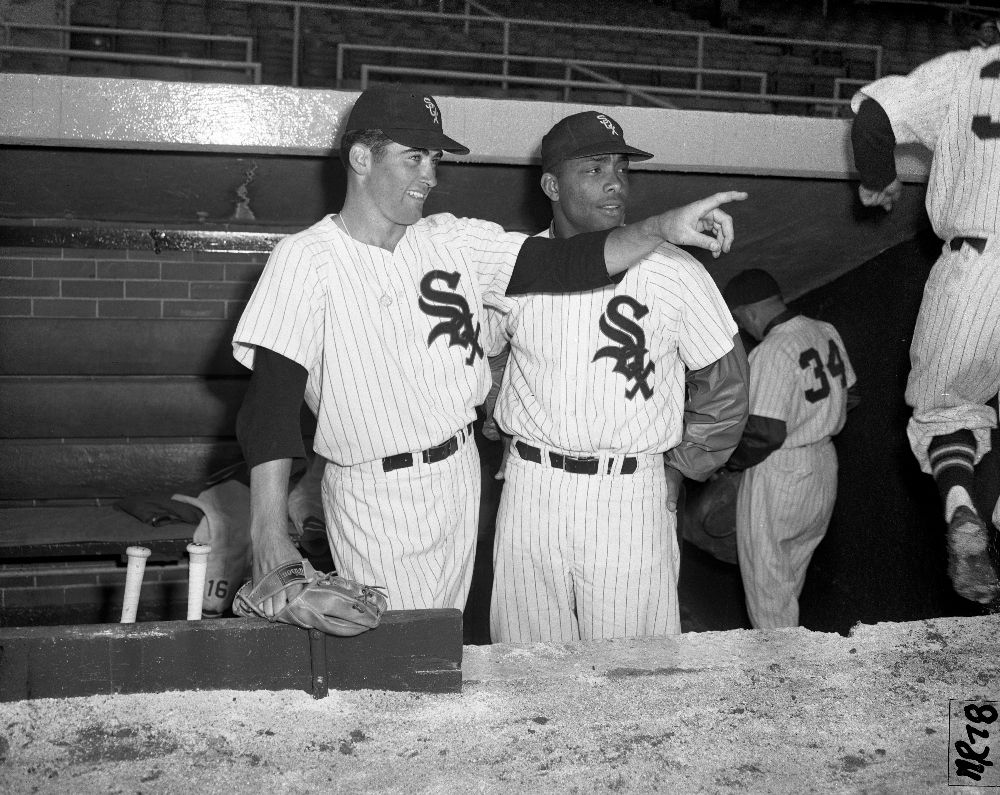

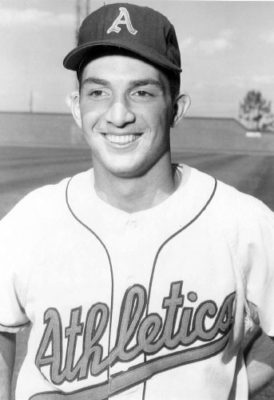
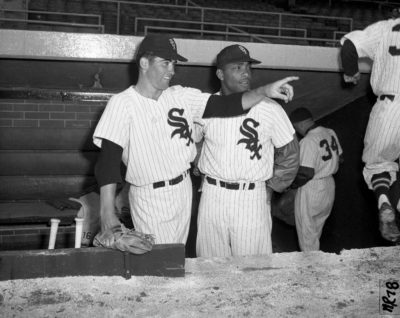
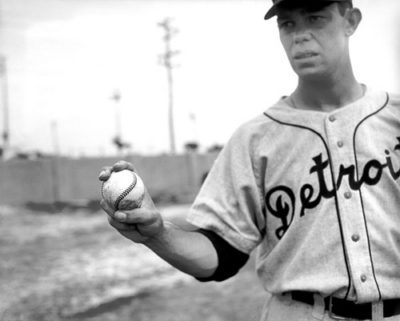
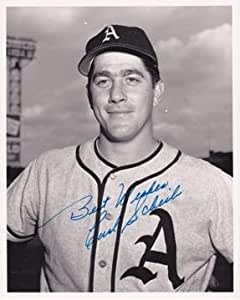
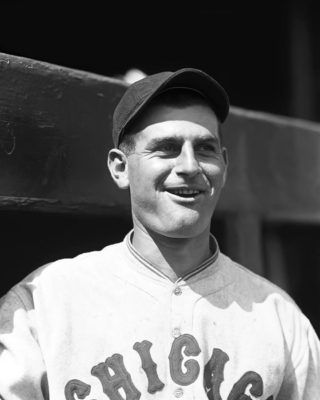
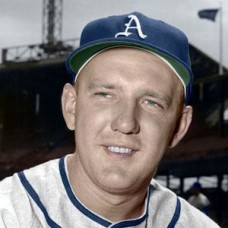
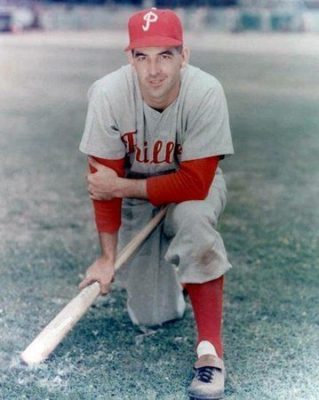
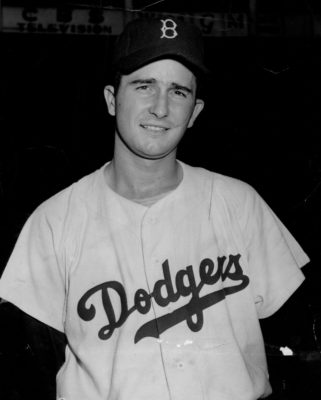
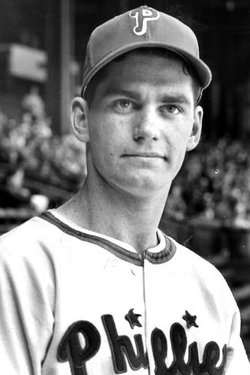
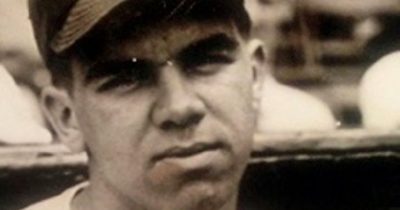
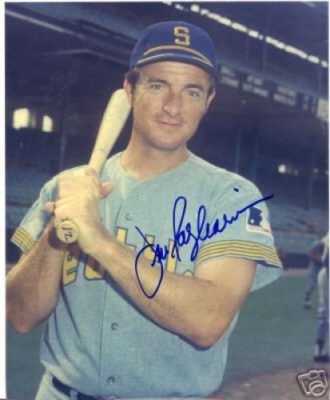
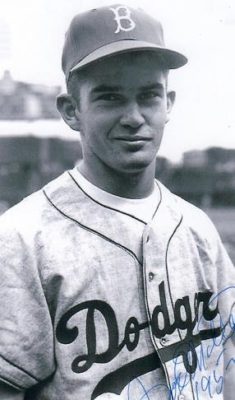
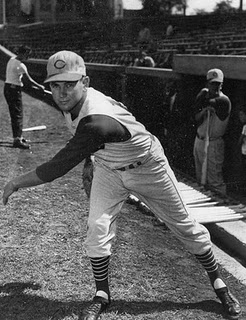
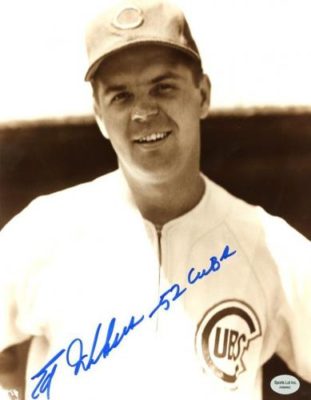
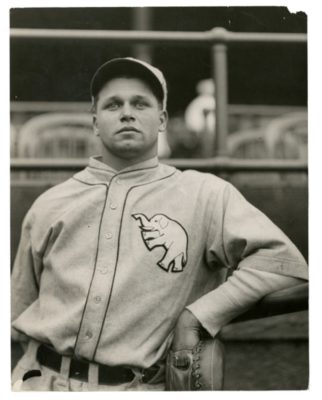
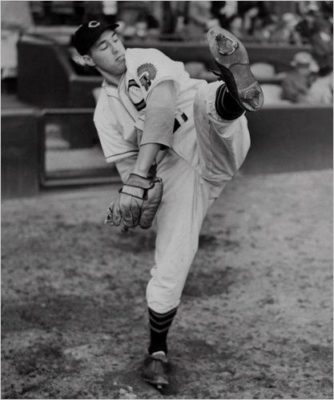
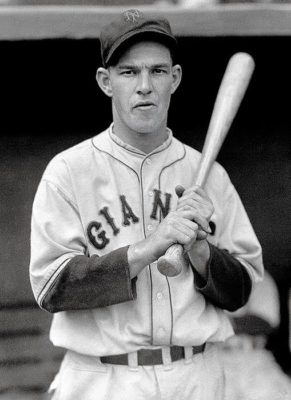
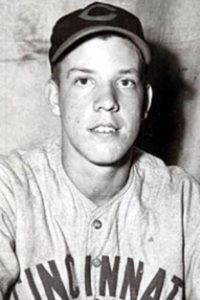
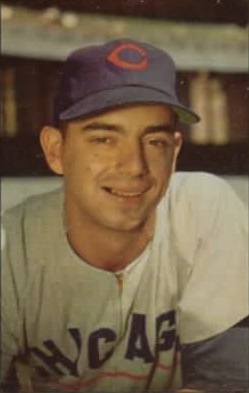

All of those kid pictured and mentioned in your article must’ve been the kings of the local soda shop. Joe Nuxhall was living the dream at 15 that most aspiring ball players could only, well, dream of.
I was surprised to read in your article that Nuxhall turned out a pretty decent career as a ball player. I had no idea of his second career as the Reds broadcaster until I read your article. Joe Nuxhall was truly was an extremely fortunate and lucky man.
Thanks as always for the diversion from the ho-hum. Scott
Thanks for checking in, Scott.
Paul,
I remember Joe Nuxhall in the 50’s and recall he could be tough sometimes. Big raw boned left hander who threw a “heavy” ball, without being blazing fast.
Had a nice year in 1955, winning 17 with a .347 ERA and, surprisingly, led the league in shutouts with five. But, as you say, about in the middle of the pack.
Never heard him behind the Mike, did you Paul?
Thanks for the memories.
Bill
Bill,
Only heard him a couple of times when he made guest appearances on national TV, where he did an inning or so.
He was a finalist for the Broadcasting award for the Baseball Hall of Fame, but missed out garnering the needed percentage.
To illustrate where the country was relative to the war, Nuxhall made his first appearance 4 days after D-Day. 1944 and 1945 rosters were especially lacking for talent. Many in the pictured gallery made their debuts in either 1944 or 1945.